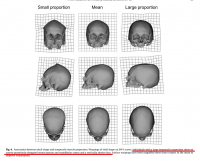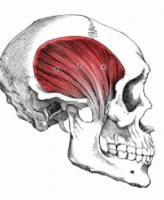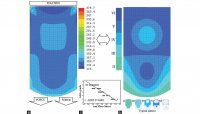TheSir
Member
- Joined
- Jan 6, 2019
- Messages
- 1,952
Been researching craniofacial development for 5 years. Some pointers to start with.
- The skull will continue adapting to the forces it is subjected to throughout your life. The main cranial sutures never fuse.
- Changing cranial form will not take a decade, no matter your age. 6-12 months of consistent effort and right action will reverse significant amounts of craniofacial malformation.
- Tongue is a minor (though important) player in craniofacial development. Mandible is the predominant driver of development.
- Chewing is not as important as maintaining sufficient mandibular resting tension.
- Of the two main masticatory muscles, the masseters & the temporalii, only the latter is a postural muscle. The masseters should never participate in any postural effort. The temporalii always should.
- Keeping the temporalii engaged as a part of overall posture will over time pull the jaws, and the face at large, in their proper form.
- Asummetry of face and jaws is generally the result of asymmetrical engagement of the temporalii.
- Usually your whole anatomy is affected by facial asymmetry, so a full-body approach is required.
Feel free to ask for further information regarding any specific point. I've got loads of pics, articles, studies to share.

- The skull will continue adapting to the forces it is subjected to throughout your life. The main cranial sutures never fuse.
- Changing cranial form will not take a decade, no matter your age. 6-12 months of consistent effort and right action will reverse significant amounts of craniofacial malformation.
- Tongue is a minor (though important) player in craniofacial development. Mandible is the predominant driver of development.
- Chewing is not as important as maintaining sufficient mandibular resting tension.
- Of the two main masticatory muscles, the masseters & the temporalii, only the latter is a postural muscle. The masseters should never participate in any postural effort. The temporalii always should.
- Keeping the temporalii engaged as a part of overall posture will over time pull the jaws, and the face at large, in their proper form.
- Asummetry of face and jaws is generally the result of asymmetrical engagement of the temporalii.
- Usually your whole anatomy is affected by facial asymmetry, so a full-body approach is required.
Feel free to ask for further information regarding any specific point. I've got loads of pics, articles, studies to share.

Last edited:






